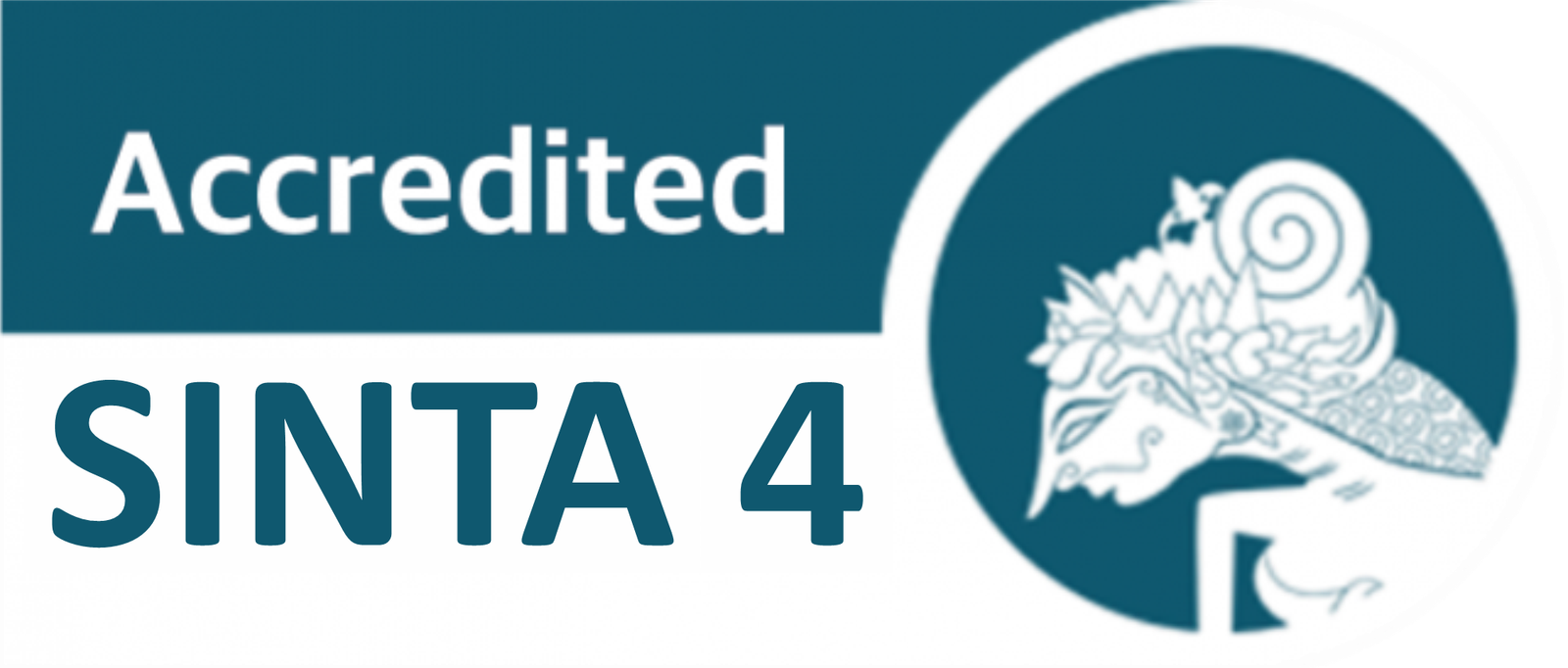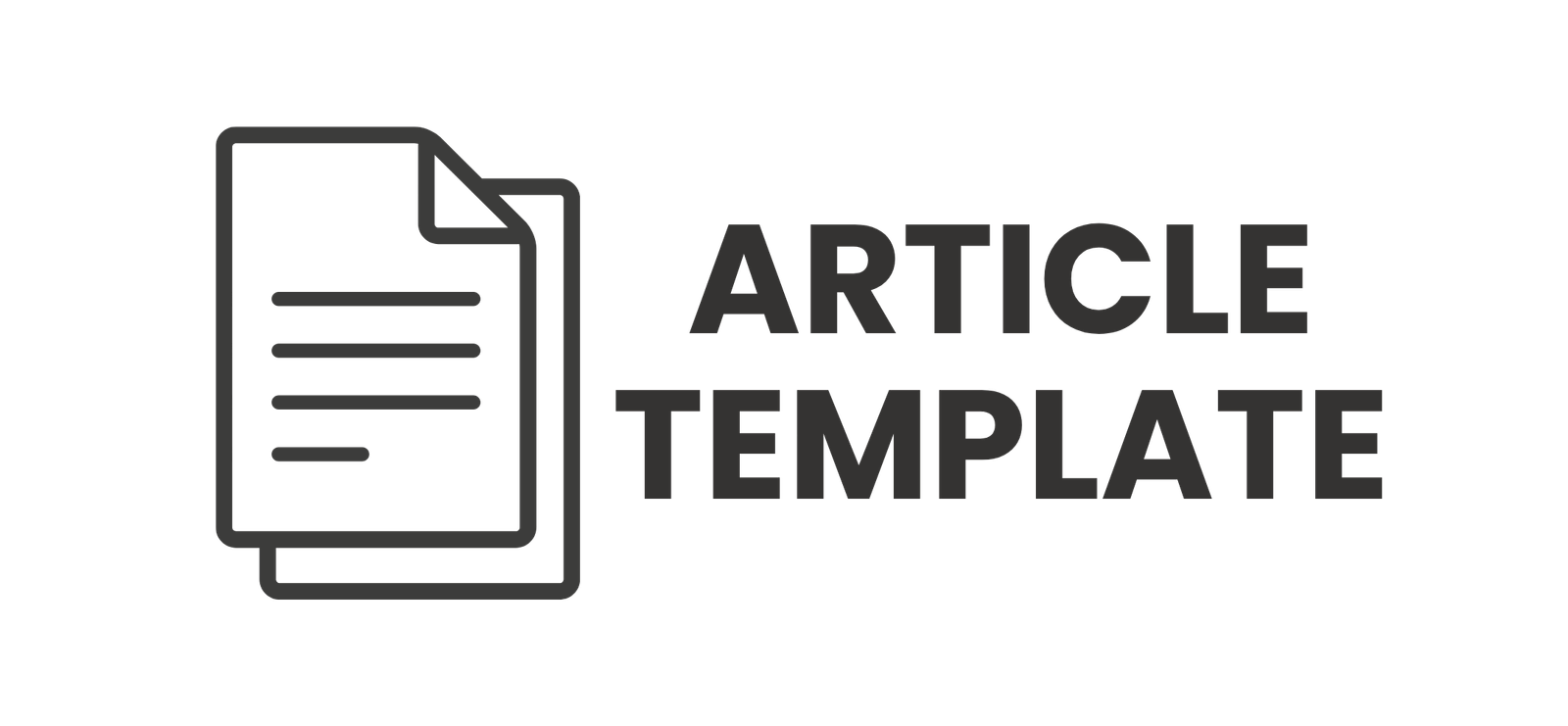Profil Keterampilan Komunikasi Interpersonal Siswa
DOI:
https://doi.org/10.30605/jsgp.3.3.2020.410Keywords:
keterampilan komunikasi interpersonal, siswa SMP, profil, deskriptif kualitatifAbstract
Salah satu kemampuan yang perlu dikuasai siswa pada abad ke-21 adalah kemampuan komunikasi interpersonal. Tugas perkembangan remaja salah satunya ialah mampu berkomunikasi dan berinteraksi dengan lingkungan sekitar. Penelitian ini bertujuan untuk mendeskripsikan profile keterampilan komunikasi interpersonal siswa SMP se-kecamatan Piyungan, Indonesia. Metode yang digunakan dalam penelitian ini adalah dengan metode penelitian deskriptif kualitatif dengan wawancara mendalam (Indepth Interview). Teknik pengumpulan data pada penelitian ini adalah wawancara, observasi, dan dokumentasi. Subjek penelitian ini adalah berjumlah 30 siswa yang didapat dari SMP N 1 Piyungan dan SMP Muhammadiyah Piyungan. Hasil dari penelitian ini menunjukkan bahwa profil keterampilan komunikasi interpersonal siswa masih rendah.
Downloads
References
Adhityaputra, V. W., & Saripah, I. (2015). Efektivitas Teknik Permainan Untuk Meningkatkan Keterampilan Komunikasi Interpersonal Pada Remaja. Jurnal Ilmu Pendidikan dan Pengajaran, 2(3).
Awad, T. A., & Alhashemi, S. E. (2012). Assessing the effect of interpersonal communications on employees’ commitment and satisfaction. International Journal of Islamic and Middle Eastern Finance and Management, 5(2), 134-156. https://doi.org/10.1108/17538391211233425
Barseli, M. (2018). The Concept Of Student Interpersonal Communication. Jurnal Penelitian Pendidikan Indonesia, 4(2).
Budayatna, M., & Ganiem, L.M. (2011). Teori Komunikasi Antar Pribadi. Jakarta: Kencana.
Dougherty, L., Stammer, E., & Valente, T. W. (2018). Interpersonal communication regarding pregnancy-related services: friends versus health professionals as conduits forinformation. BMC Pregnancy and Childbirth.
Kamaruzzaman. (2016). Analisis Keterampilan Komunikasi Interpersonal Siswa. Jurnal Konseling GUSJIGANG, 2(2).
Khalik. (2014). Filsafat Komunikasi. Makassar: Alauddin University Press.
Kusnaeni, K., & Retnawati, H. (2013). Problem Posing dalam Setting Kooperatif Tipe TAI Ditinjau dari Kemampuan Komunikasi dan Pemecahan Masalah. Pythagoras: Jurnal Pendidikan Matematika, 8(1), 33-43. https://doi.org/10.21831/pg.v8i1.8492
Lvina, E. (2014). The Role Of Cross-Cultural Communication Competence: Effective Transformational Leadership Across Cultures. JIP-International Multidisciplinary Journal, 3(1).
Kodariyati, L., & Astuti, B. (2016). PENGARUH MODEL PBL TERHADAP KEMAMPUAN KOMUNIKASI DAN PEMECAHAN MASALAH MATEMATIKA SISWA KELAS V SD. Jurnal Prima Edukasia, 4(1), 93 - 106. doi:https://doi.org/10.21831/jpe.v4i1.7713
Muthmainnah, M., Astuti, B., & Fatimaningrum, A., 2016. Pengembangan Panduan Permainan Untuk Mengoptimalkan Perkembangan Sosial Emosional Anak Usia Dini. Jurnal Pendidikan Anak, 5(1). https://doi.org/10.21831/jpa.v5i1.12363
Pastae, V. (2016). Interpersonal Communication In The Era Of E-Communication. The 12th International Scientific Conference eLearning and Software for Education Bucharest. https://doi.org/10.12753/2066-026X-16-111
Pratiwi, W. (2017). Konsep Bermain Pada Anak Usia Dini. Tadbir : Jurnal Manajemen Pendidikan Islam, 5(2).
Putra, B. J., & Astuti, B. (2020). The Influence of Group Guidance Service Using Poetry Media to Increase Student Learning Motivation in the Industrial Revolution 4.0. Atlantis Press SARL. Advances in Social Science, Education and Humanities Research, 397.
Ridwan, W., Hardhienata, S., & Entang, M. (2016). The Relationship of Interpersonal Communication, Organizational Commitment and Supervision to Principal's Performance. International Journal of Managerial Studies and Research, 4(11). https://doi.org/10.20431/2349-0349.0411003
Rohim, S. (2009). Teori Komunikasi (Perspektif, Ragam, dan Aplikasi), Jakarta: Rineka Cipta.
Segrin, C., & Flora, F. J. (2005). Family communication. Mahwah, NJ: Erlbaum.
Maryanti, S., Zikra, Z., & Nurfarhanah, N. (2012). Hubungan antara Keterampilan Komunikasi dengan Aktivitas Belajar Siswa. Konselor, 1(2). https://doi.org/10.24036/0201212700-0-00.
Sulistyani, N., & Retnawati, H. (2015). Pengembangan perangkat pembelajaran bangun ruang di SMP dengan pendekatan problem-based learning. Jurnal Riset Pendidikan Matematika, 2(2), 197 - 210. https://doi.org/10.21831/jrpm.v2i2.7334.
Supratiknya. (1995). Komunikasi Antarpribadi Tinjauan Psikologis, Yogyakarta: Kanisius.
Downloads
Published
How to Cite
Issue
Section
License
In submitting the manuscript to the journal, the authors certify that:
- They are authorized by their co-authors to enter into these arrangements.
- The work described has not been formally published before, except in the form of an abstract or as part of a published lecture, review, thesis, or overlay journal.
- That it is not under consideration for publication elsewhere,
- That its publication has been approved by all the author(s) and by the responsible authorities – tacitly or explicitly – of the institutes where the work has been carried out.
- They secure the right to reproduce any material that has already been published or copyrighted elsewhere.
- They agree to the following license and copyright agreement.
License and Copyright Agreement
Authors who publish with JSGP agree to the following terms:
- Authors retain copyright and grant the journal right of first publication with the work simultaneously licensed under Creative Commons Attribution License (CC BY-SA 4.0) that allows others to share the work with an acknowledgement of the work's authorship and initial publication in this journal.
- Authors are able to enter into separate, additional contractual arrangements for the non-exclusive distribution of the journal's published version of the work (e.g., post it to an institutional repository or publish it in a book), with an acknowledgement of its initial publication in this journal.
- Authors are permitted and encouraged to post their work online (e.g., in institutional repositories or on their website) prior to and during the submission process, as it can lead to productive exchanges, as well as earlier and greater citation of published work.














